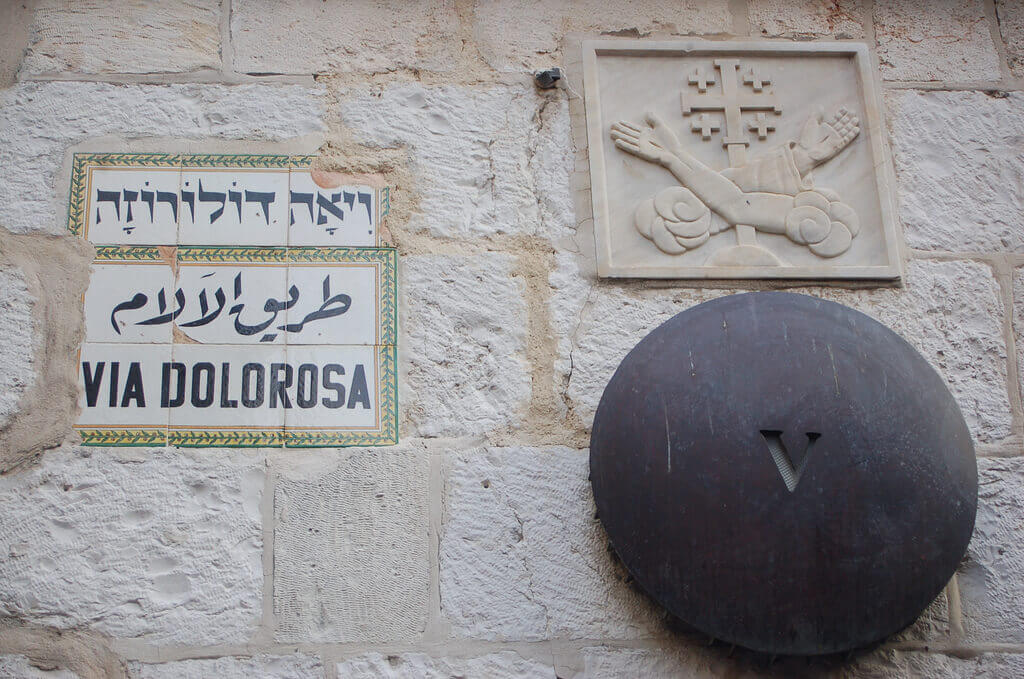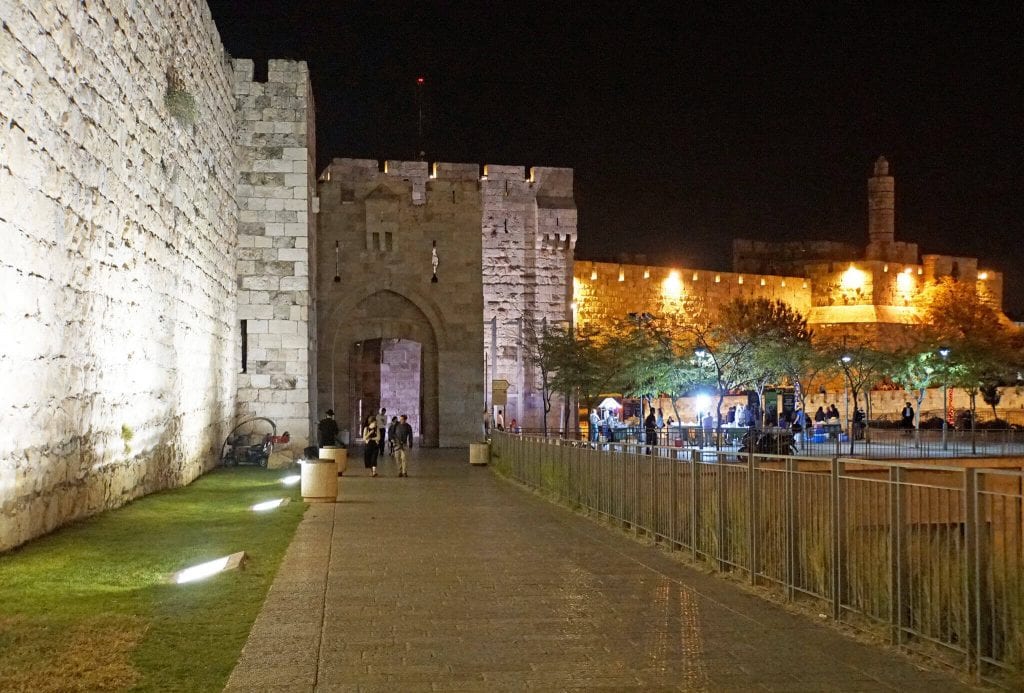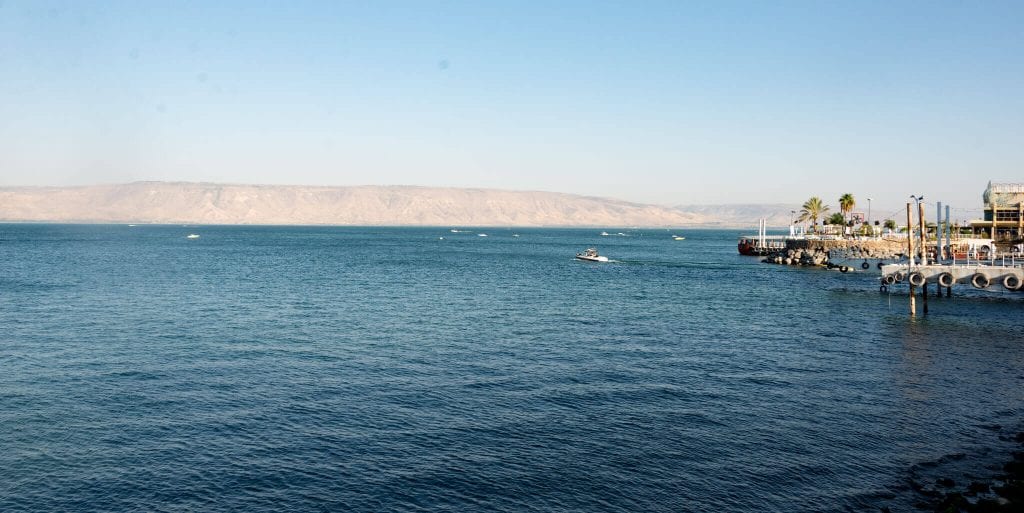For millennia, the land of Israel has been one the world’s premier attractions for tourists and visitors from the world’s many religions. The historical land is home to many historical sites which hold major religious and historical significance to numerous faiths.
Visitors to Israel can immerse themselves in the country’s rich historical heritage. The small Middle Eastern country is known as the ‘brithplace of monotheism.’ It was here, that the ancient Hebrews developed the world’s oldest monotheistic religion. It was also here, that Jesus spread his timeless messages of brotherhood, peace, love, and forgiveness. Also, according to the beliefs of Islam, the Prophet Mohammed ascended to Heaven from the Temple Mount in Jerusalem.
Every year, hundreds of thousands of tourists, inspired by their religious beliefs or their interest in the land’s fascinating history, travel to Israel to visit some of the country’s most incredible historical biblical sites.
Here is a small sample of some of Israel’s famous landmarks:
Holy City of Jerusalem
The city of Jerusalem is one of the oldest & holiest cities in the world. The ancient capital is home to the most important religious sites for Muslims, Christians, and Jews. These are some of the holy places in Israel you can visit here:
Old City of Jerusalem:
The old city of Jerusalem is one of the most remarkable historical place in Israel. The walls, built by the Ottomans centuries ago, surround this small, yet vibrant, city in the center of Israel’s capital. Once you enter through one of the city’s many ancient gates, you will instantly be awestruck by just how alive and prosperous the city is.
Western Wall:
The Western Wall is the last remaining structure from Herod’s Temple which was destroyed by the Roman’s in 70 AD. Each month, up to one million people visit the wall to marvel at its incredible history, pay homage to one of the world’s holiest sites, and pray to God.
The site is open 24/7. Male visitors are advised to wear a skullcap and electronic devices are not permitted on Saturdays
Temple Mount (Haram al-Sharif):
The Temple Mount is said to be the place where the ancient Temple’s of Solomon and Herod once stood. Today, it’s home to the famous Dome of the Rock and Al-Aqsa Mosque. The site is administered by the Jordanian Waqf and non-Muslims must enter via the Mughrabi Bridge which is adjacent to the Western Wall.
Haram al-Sharif is open daily between 7:30 AM to 11 AM, and between 1:30 PM to 2:30 PM. On Fridays & Saturdays, only Muslims may visit the Mount. Women are advised to dress modestly.
Church Of The Holy Sepulchre:
The Church of the Holy Sepulchre marks the spot of Jesus’s crucifixion, burial, and resurrection. It is one of the holiest historical biblical sites in the Christian religion. At the enterance to the church lies the ‘Stone of Anointing.’ According to the Christian faith, this is the place where Jesus was anointed prior to his crucufixion.
The Chruch is open daily from 5 AM. We recommend arriving early as the small chamber becomes extremely packed later in the day.
Visiting Bethlehem:
If you’re planning to visit the holy land, then the city of Bethlehem is simply a must-see. Famous for being the birthplace of Jesus, the city is home to some of Christianity’s most iconic churches and religious sites.
Located just a half hour’s drive South of Jerusalem in the occupied West Bank, the modern Bethlehem is hoem to thousands of Arab Muslims and Christians. The Church of the Nativity is top of the town’s sightseeing list. It is said to be the birthplace of Jesus and the Church has been here continuously since the 4th century AD.
Other famous religious sites in Bethlehem include St. Catherine’s Church. the Milk Grotto, the Old Bethlehem Museum, and the Mar Saba Monastery.
Masada:
Masada is an ancient fortress situated in the Judean Desert in Southern Israel close to the Dead Sea shores. The fortress, built in 30 B.C, is the site of the last stand of the Judean rebels against the mighty Roman Empire. Following the destruction of the Temple and the sacking of Jerusalem, a group of rebels fought back valiantly against the Romans before they were eventually besieged in Masada. According to Josephus, the occupants committed suicide rather than risk capture by the Romans.
The structure is remarkably well preserved and visitors can still see the mosaic floors and ancient bathhouses. Masada is open daily between 8 am and 4 pm and is accessible by both cable car and foot.
Dead Sea Scrolls:
In the Israel Museum, in the Givat Ram neighborhood of Jerusalem likes the Dead Sea Scrolls. The scrolls are ancient, religious manuscripts, mostly written in Hebrew. They were first discovered in 1946 in the Qumran Caves, by Bedouin shepherds, and archeologists have dated the scrolls to the first Century CE.
Today, the scrolls are on display in the museum’s Shrine of the Book wing. The highlight of the exhibit is the Isaiah scroll – the most intact of the Dead Sea Scrolls.
Sea of Galilee:
The Sea of Galilee (Kinneret) is a freshwater lake, located in Northern Israel next to the cities of Tiberias and Nazareth. Aside from it’s geographical and historical significance, the sea is a major pilgrimage destination for Christian tourists. It was here that Jesus is said to have performed his most important miracles; walking on the water, and feeding the multitudes.
In 2011, the Israeli Government launched the ‘Jesus trail’ a 40-mile hike around the sea which links the various sites that are central to the Jesus narrative.
Conclusion:
Aside from the many famous and remarkable religious and biblical sites in Israel, there is also plenty to enjoy for non-religious tourists. The land of Israel boasts some of the finest resorts and spas in the world, as well as many natural wonders, hiking trails, and beaches.
The contrast between the modern, secular tourist resorts and the ancient and somber holy places in Israel is striking. Here, tourists can enjoy the best of both worlds.



